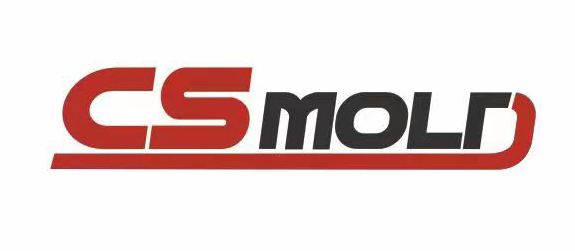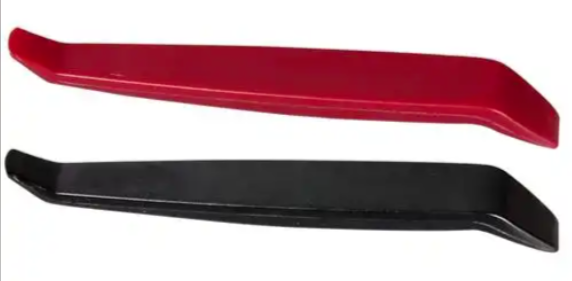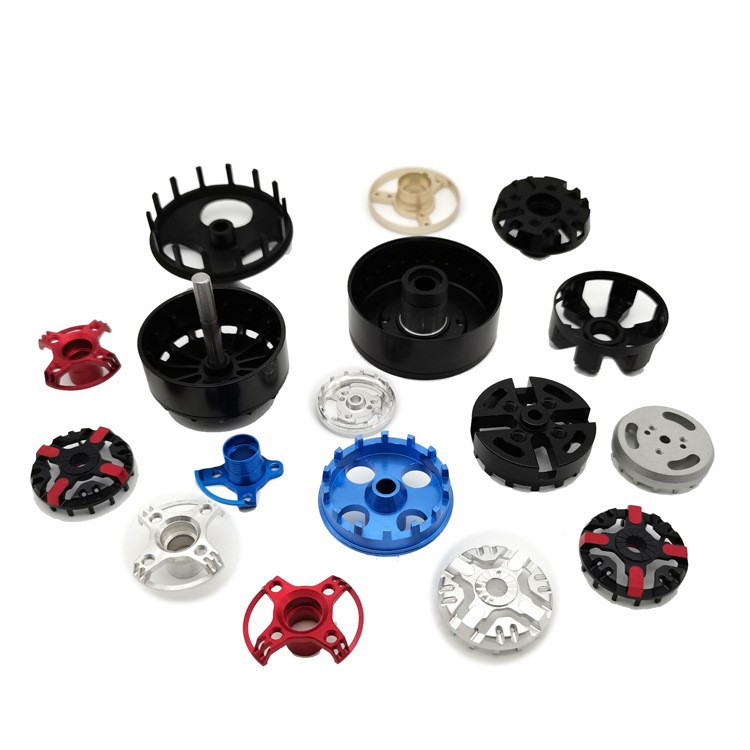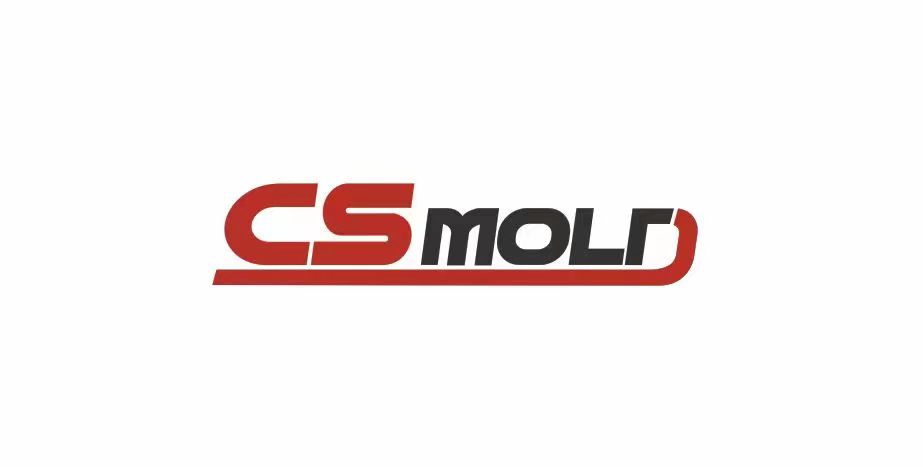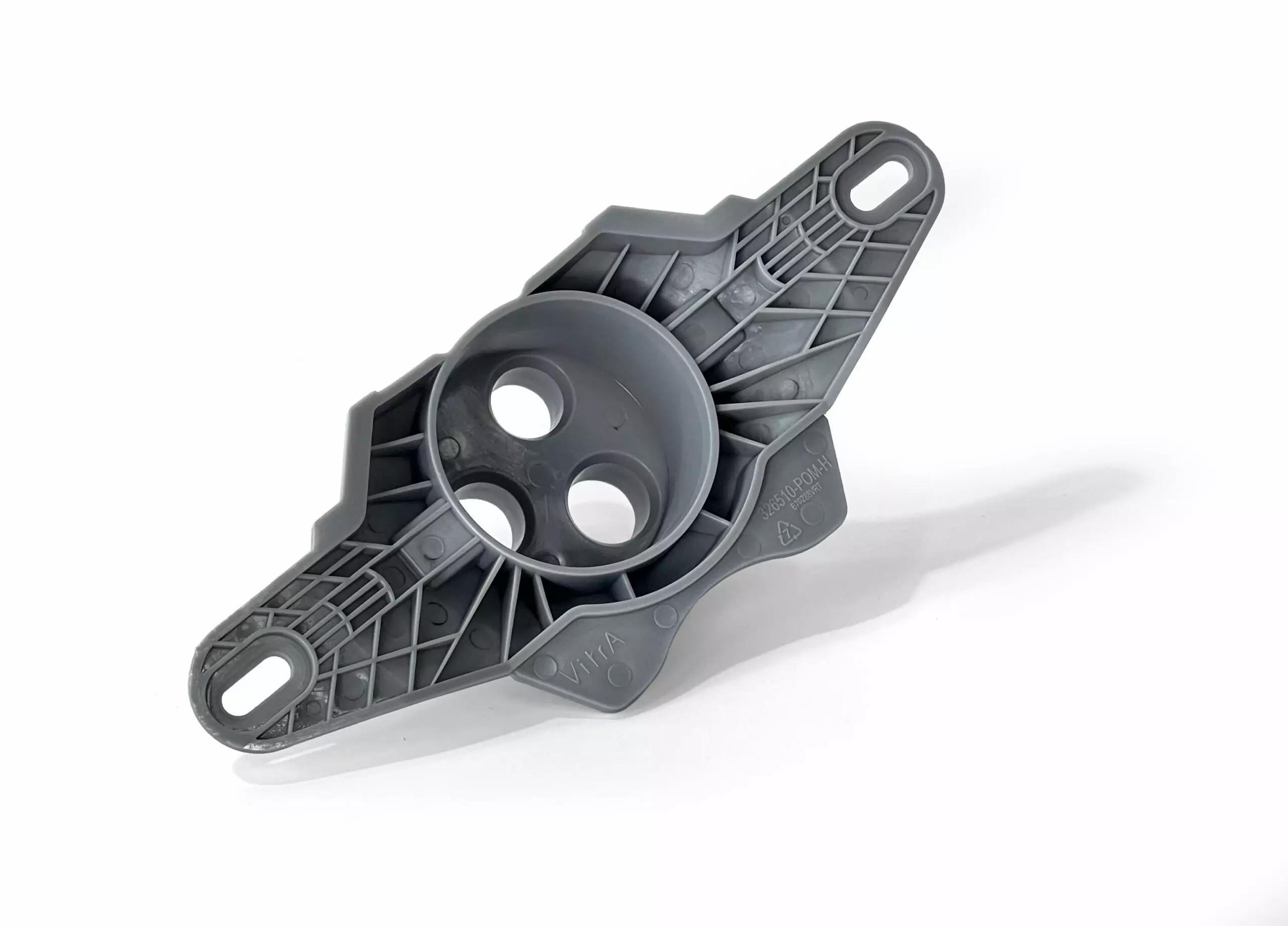
Rapid prototyping is crucial for product development and design iteration. It enables companies to validate designs faster and reduce risk before mass production. The two most common prototyping methods are 3D printing and polyurethane vacuum casting. But which one is right for your project? Here, we compare their advantages, disadvantages, and applications in detail.
What is 3D Printing?
3D printing is an additive manufacturing process that is now widely used in various fields, from concept models to functional parts. Common processes include:
SLA (Stereolithography): High accuracy and smooth surface finish, ideal for appearance prototypes.
SLS (Selective Laser Sintering): High strength and durability, high productivity and material utilization.
FDM (Fused Deposition Modeling): Low-cost option, commonly used for functional prototypes.
Metal 3D Printing: Can manufacture complex structures that are difficult to achieve with traditional methods
The main advantage of 3D printing is its design freedom – parts with complex internal structures and geometries that are impossible with traditional methods can be produced quickly and cost-effectively.
Pros and Cons of 3D Printing
1. Advantages
High design freedom: Complex geometries and internal structures can be manufactured.
Low cost: No molds are required, making it ideal for rapid design iterations.
Quick Turnaround: Lead times can be as short as 1–3 days.
Wide Material Selection: From plastics to metals.
2. Disadvantages
Limited Material Properties: Many 3D printed plastics lack the strength or heat resistance of production-grade materials.
Surface: 3D-printed parts typically have a rough surface, requiring post-processing to achieve a smooth finish.
Higher Production Costs: While affordable for individual parts, large-scale production is less cost-effective.
Dimensional Accuracy: Varies depending on the printing technology.
What is Polyurethane Vacuum Casting?
Polyurethane casting, also known as vacuum casting or silicone molding, uses silicone mold to create high-quality prototypes and small-batch production runs. The process typically involves:
1.CNC machining or 3D printing is used to create a master mold.
2.The master mold is encapsulated in liquid silicone, which cures to form a mold.
3.Liquid plastic material is poured into the mold under vacuum to remove air bubbles.
4.The material cures and is demolded, resulting in a highly detailed replica of the master mold.
Vacuum casting is typically used for small-batch production runs (10-100 parts). With a wide variety of polyurethane resins, CS MOLDING can simulate the mechanical and aesthetic properties of ABS, PP, PC, and even flexible or transparent plastics.
Pros and Cons of Polyurethane Vacuum Casting
1. Advantages
Production-matching performance: Polyurethane resin can simulate a variety of engineering plastics, including ABS, acrylic (PMMA), nylon, PC, and POM.
- High-quality surface: Smooth, polished finish.
- Effective and cost-effective for small-batch production: Lower mold costs compared to injection molding.
- Various materials: Including transparent, flexible, and heat-resistant grades.
2.Disadvantages
Short Mold Life: Silicone molds typically last for 10–25 parts.
Longer Lead Time: Requires mold fabrication, usually 1–2 weeks.
Geometric Limitations: Not ideal for very complex internal structures.
Slightly Lower Consistency: Compared to injection molding, part-to-part variation is higher
Side-by-Side Comparison
| Criteria | 3D Printing | PU Vacuum Casting |
|---|---|---|
| Lead Time | 1–3 days | 1–2 weeks |
| Batch Size | Best for 1–10 pcs | Best for 10–100 pcs |
| Surface Finish | Rough, requires finishing | Smooth, close to injection molded |
| Material Properties | Limited, not always production-grade | Mimics ABS, PP, PC, flexible or transparent |
| Cost Efficiency | Cheaper for single parts | More economical for small batches |
| Complex Geometries | Excellent | Moderate |
How to Choose?
If you prioritize speed, design freedom, and functional testing of individual or small-batch parts, choose 3D printing.
If you need to produce small batches while maintaining near-production aesthetics and performance, choose polyurethane casting.
For many projects, these two methods can be combined: 3D printing can be used to create a master model, which can then be replicated in small batches using polyurethane casting.
Conclusion
3D printing and polyurethane vacuum casting are not competing technologies, but rather complementary. Each method offers advantages in different scenarios: 3D printing excels at rapid design iterations and complex structures, while polyurethane casting enables the production of high-quality, low-volume parts, bridging the gap between prototyping and mass production.
CS MOLDING offers both processes, allowing you to choose the most suitable one for your project, helping you reduce costs and accelerate time to market. Contact us to discuss your project!
